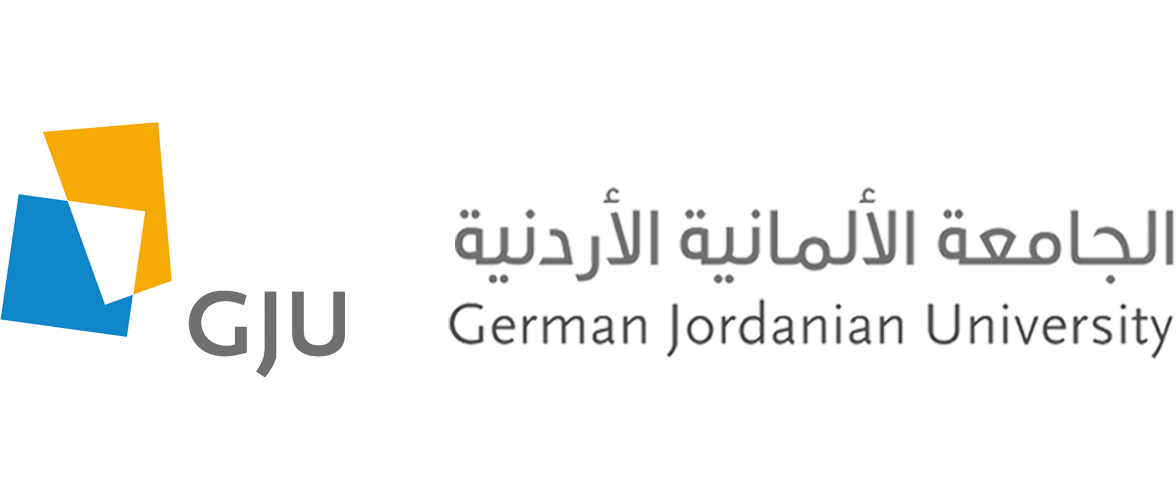Amman- 18 April 2018
 A delegation from the US Embassy in Amman have visited the Restoration of the Ancient Nabataen Flood Control System project in Wadi Madras at Petra. The delegation was headed by Mr. Ali Lilich; Press and Cultural affairs advisor at the Embassy, accompanied by Mr. Peter Nisoler; cultural advisor, Ms. Diana Khoury; Grant Expert and Hanan Ghanoum; Cultural Affairs Assistant at the Embassy.
A delegation from the US Embassy in Amman have visited the Restoration of the Ancient Nabataen Flood Control System project in Wadi Madras at Petra. The delegation was headed by Mr. Ali Lilich; Press and Cultural affairs advisor at the Embassy, accompanied by Mr. Peter Nisoler; cultural advisor, Ms. Diana Khoury; Grant Expert and Hanan Ghanoum; Cultural Affairs Assistant at the Embassy.
The project is implemented by the Center for the Study of Natural and Cultural Heritage at the German-Jordanian University, and funded under a grant from the Ambassador's Fund for Cultural Preservation of the American Embassy in Amman in cooperation with the Petra Development Tourism Regional Authority (PDTRA) and the Department of Antiquities of Jordan.
During the visit, the delegation met with the Commissioner of Petra archaeological park and deputy chief commissioner; Dr. Sulaiman Al-Farajat, who praised the project, especially that will be implemented by Jordanian staff and local expertise. The project comes within several projects supported by the Commission in order to protect the archaeological site and improve the tourist experience while visiting Petra.
In his turn, Mr. Ali Lilich thanked Petra archaeological reserve that is represented by its president and all the staff ; for their support in the project.
The project manager, Dr. Nizar Abu-Jaber, said that the team was built as a group of experts from the fields of Hydrology, Geology, Water Engineering and Archeology representing Yarmouk University, the German Jordanian University, German Protestant Institute of Archaeology and Petra archaeological park.
Since the project is multidisciplinary and seeks to achieve partnership with the community Dr. Nizar praised the province commission and Ambassador's Fund for Cultural Preservation for their support which focuses on the importance of the city as a global heritage putting Jordan on the map as a well-known touristic and scientific site.
The delegation toured the project site and listened to a detailed explanation from the project manager, Dr. Nizar Abu-Jaber, about the phases of the project and what has been accomplished to date.
He pointed out that the importance of this two years project comes in reducing the risks of floods and sudden streams that happen inside Petra, especially in front of the most important landmark of which is the Treasury.
The project consists of several stages, the first of which is the documentation of the Wadi Madras drainage basin, with all its archaeological elements such as agricultural terraces, dams, water channels, canals and others. In addition to the collection of all hydrological data in terms of actual precipitation quantities, surface runoff, soil characteristics, etc.
This data will be collected through the installation of local monitoring stations and will be used in specialized computer software that will simulate the expected flood scenarios.
According to the results from the simulation scenarios and In cooperation with the local community and the Department of Antiquities, the old terraces will be restored and the dams will be repaired in order to restore the Nabateans systems.
T.S

